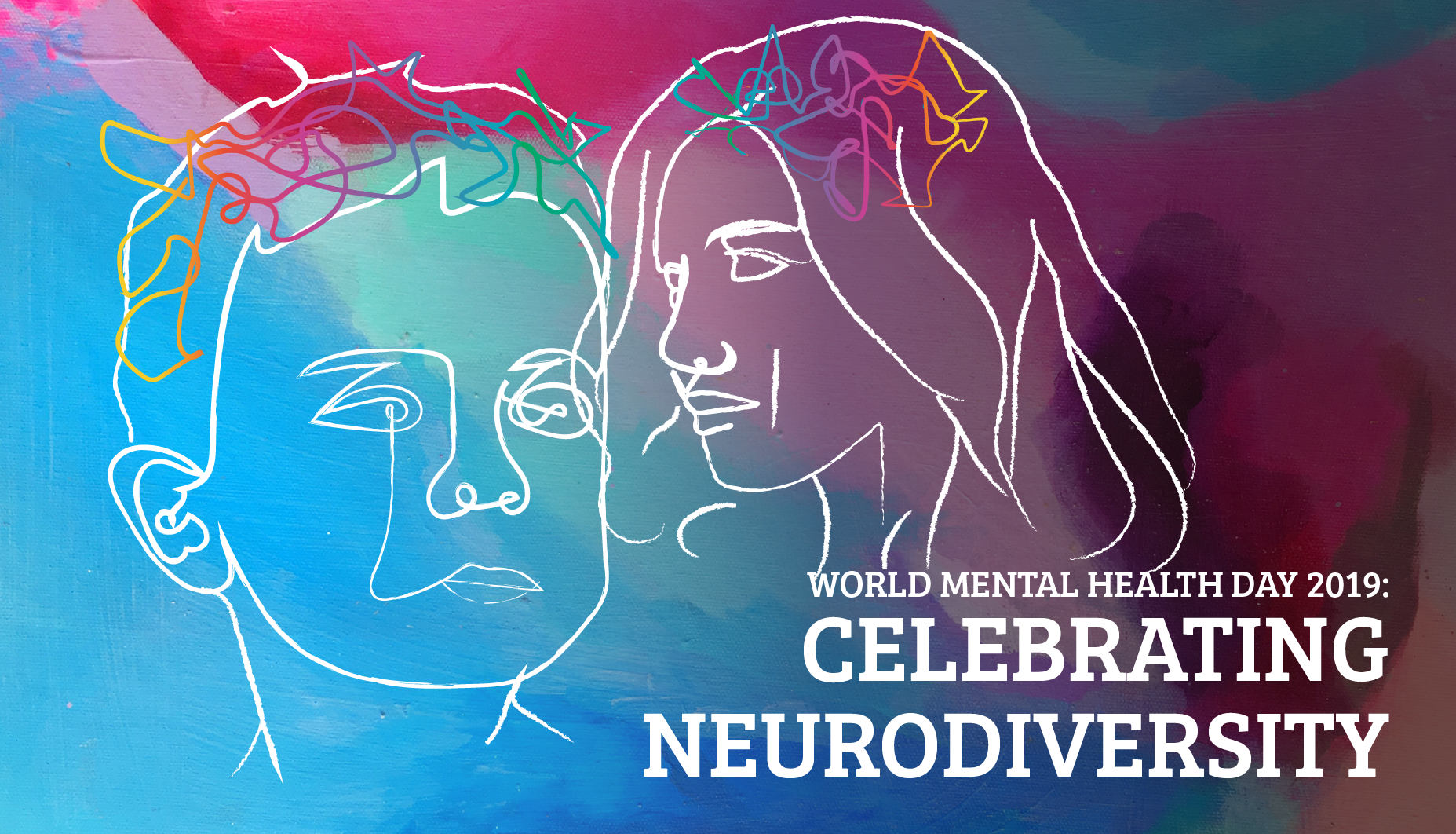The Magic of Beginnings
/The human soul is magnificent. In spite of everything, it rises.
Everywhere, I detect an eagerness to make the threshold of 2021 a pivotal place: a place where positive change begins.
In these confusing, contradictory and frightening times, that will require more than a little faith. It asks of us to look back and name what was lost, what was found and what began emerging, in the year that was 2020.
It was a watershed from which we appear less innocently and more acutely aware of our interdependence with each other and the natural world; as well as the fragility of life itself.
How can we play our part in such a way that it improves not just our own wellbeing, but also feeds into the greater good?
Let’s thresh out the seeds for what we want in 2021.
Here are some questions to ask, as you set your intentions. These questions are based on our shared desire for more stability, an increased sense of control and a more joyful inner life, which will spill over and warm our connections with others.
What Can You Leave Behind?
Many plants explode with life once you have pruned them hard. That can work for us too.
Think about which of your old habits or attitudes might have become cumbersome, and now detract from a life in which you more genuinely belong.
I would like to work on keeping my interior head- and heart-space free from the clutter of rumination – those repetitive, circular thoughts - or the turbulence of fear. Maybe you’ve been too accommodating to colleagues or family, leaving little time to top up your own reserves? Perhaps you easily default into unsatisfactory bickering or stick with unfulfilling relationships?
Even a small unburdening will deepen your ability to attend more fully and consciously to the present moment.
What Would You Like To Cultivate?
How would you like to fill that cleared space in your head and heart, on your timetable or in your relationships? Have you been yearning to learn new things or develop practices like sinking into the stillness of nature?
I take with me the deep way in which kind people affected me last year, often with the lightest touch.
How would you like to touch those you interact with this year? What glow would you like to leave them with?
In Which Way Is Your Life Already Unfolding? Can You Respond To That Invitation?
Under the surface of what we witness, life is continuously renewing itself. Underfoot right now, new life is stirring. As John O’Donohue put it in his poem ‘For a New Beginning’:
In out-of-the-way places of the heart,
Where your thoughts never think to wander,
This beginning has been quietly forming,
Waiting until you were ready to emerge.
How is your life inviting you to move on? Have you outgrown your job? Has the time come for you to speak your truth? Maybe your values are changing?
Sometimes we have no choice in the matter. Life comes crumbling down around our head. But what do we do with a gentler invitation to leave a space that’s become too small?
I take a lot of inspiration from the Center for Mindful Self-Compassion and this beautiful poem by the Spanish poet Jiménez was quoted in one of their recent newsletters:
I have a feeling that my boat
has struck, down there in the depths,
against a great thing.
And nothing
happens! Nothing ... Silence ... Waves ...
Nothing happens? Or has everything happened,
and we are standing now, quietly, in the new life?
2021 will not put an end to our personal difficulties or our collective human suffering. That is why my greatest wish for you is that you learn to deepen your ability to be on your own side; to feel safe and held by your own kindness.
We need courage to stay present with what is: kind companionship to ourselves, when times are hard, helps develop emotional agility and resilience. With the courage of kindness, we don’t need to disconnect and can face things head on. Self-compassion – the act of attending to your pain with great kindness – will help you stick with your resolutions for a better year ahead.
At the Center for Mindful Self-Compassion they have taught the practice of self-compassion to over 100.000 people in just a few years. All research bears out that making a habit of self-compassion significantly improves positive states and reduces anxiety, depression and so on.
Ironically, the more we recognise and tend kindly to our own suffering, the more compassionate we become to others – within our own circle and beyond; the more aware in other words, of our shared humanity.
May you hold yourself kindly, lovingly and generously as you travel through 2021!
About Renée
Renée van der Vloodt ( M.A. , FHGI ) is a psychotherapist and coach – and has had a private practice for over 20 years, which is now based in Woodchurch (near Ashford), Kent. She also works with people around the world via online sessions.
Renée works with children and adults as a coach and therapist to help them overcome life's challenges and emotional difficulties including stress, burnout, anxiety, depression, post-traumatic stress disorder (PTSD), anger or addictive behaviour.
Renée is a regular contributor to Breathe Magazine and the author of the CD Calm the Chaos of the Creative Mind.






































